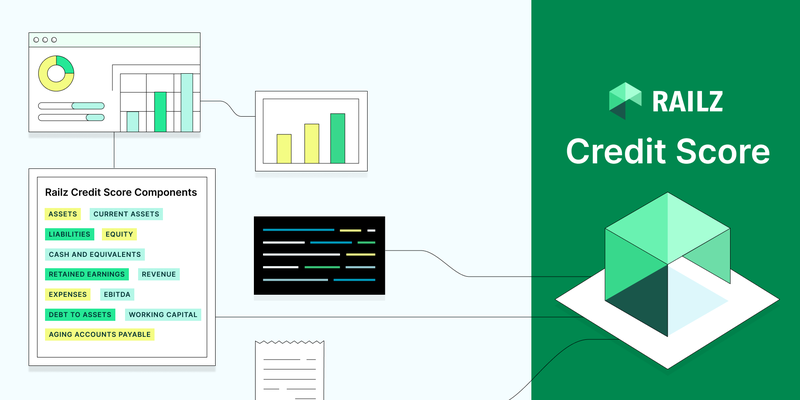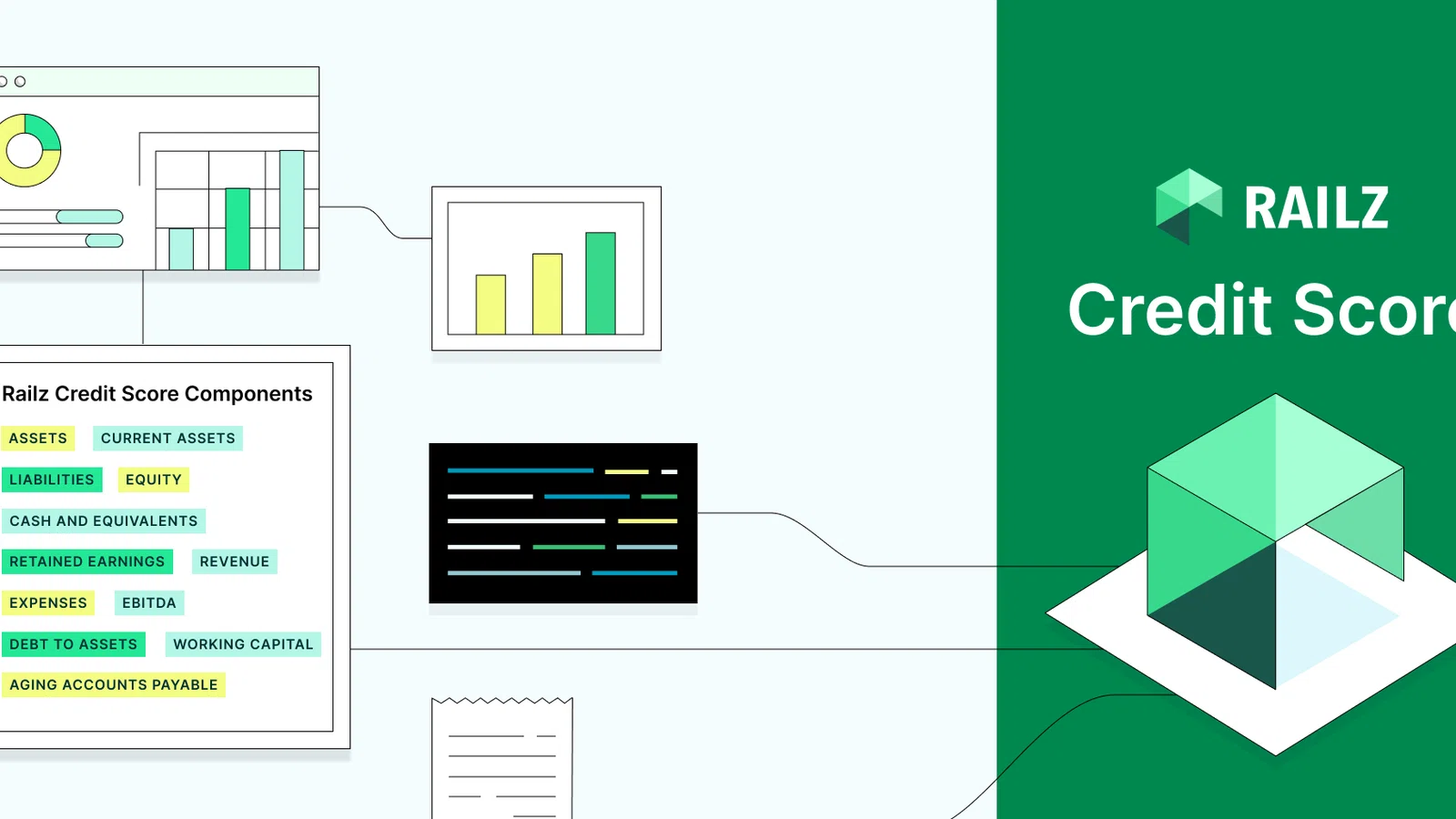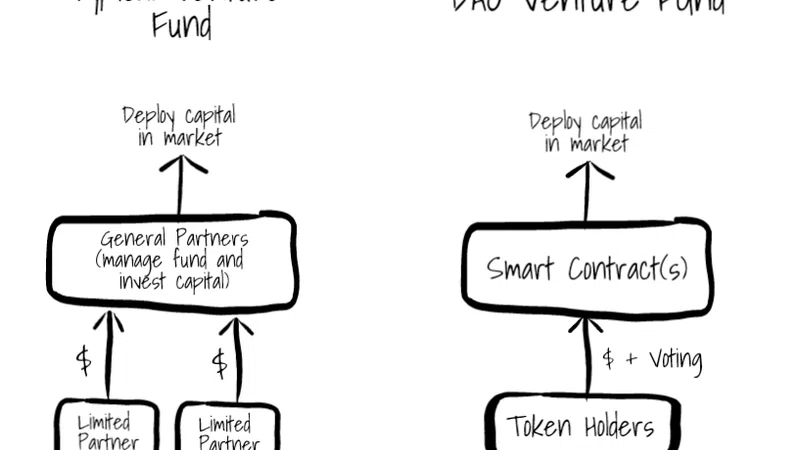Both small consumer lenders and larger financial institutions (FIs) are saying goodbye to the conventional credit score - and it’s easy to see why. While a client’s credit score used to be the gold standard in creditworthiness, real-time credit scores have made it possible for lenders to see the financial capability of a business within minutes. Gone are the days of running sensitive information through credit software, which still results in missing key segments of the market (like immigrants, new credit-holders, and underbanked parts of the population). The new lender is reaching for faster, more flexible ways to see consumer credit data in real time - something good for both consumers and FIs.
“FICO scores are good, but they’re not perfect,” according to Roger Hochschild, the CEO of Discover Financial Services. While the credit score provides lenders a number between 300 and 850 to indicate consumer creditworthiness (including total levels of debt, repayment history, and the number of open accounts), it often overestimates the impact of smaller mistakes (such as a $50 phone bill going to collections) and underestimates larger patterns (like years of utility bills, supplier invoices, or payroll paid on time).
When lenders rely on alternative measures to gather financial data, such as a real-time credit score, they can not only offer loans to more businesses, they can also capture a portion of the market currently not being served; traditional lending is based on the credit score of the business owner, and doesn’t take into account the assets of the business, their accounts receivable, expenses, and vendor risk, which means many creditworthy small businesses can’t get loans. In the past, lenders have tried to capture this underserved market by offering asset-backed loans at higher interest rates to compensate for a low FICO score. But with so much data now available, it’s no wonder businesses are looking for a better way.
One alternative is the Railz credit score - provided by Toronto-based company Railz.ai, the Railz credit score uses API endpoints to connect lenders directly to Small and Medium-Sized Businesses (SMB) accounting data, allowing them to generate a real-time credit score in minutes. Unlike conventional credit score, the Railz credit score uses data from financial statements to calculate the real probability of default; since a traditional score doesn’t take into account payments to suppliers or payroll (which are both good indicators of a business’ ability to stay solvent and make payments on their loan), it misses out on a major portion of the market. Right now, 29% of small businesses fail because they ran out of credit - with 9% of them receiving no financing at all. By leveraging accounting data to provide credit insights on new businesses that don’t have a long credit history to pull from and generating a score based on the actual financial data of the business, the Railz credit score offers lenders a chance to provide loans to SMBs who would otherwise not be eligible.

Railz’ move towards a real-time credit score is part of a growing movement towards open financial data, where improved financial systems can help aid the post-pandemic recovery on a large scale. So while the credit score will likely be around for a while yet, more and more lenders are looking for a better way which is based on high fidelity and normalized financial data - and that’s good for everyone involved as a report by McKinsey suggests that increased access to credit using alternative data could raise an economy’s credit-to-GDP ratio by 20 basis points in the US and the EU.














